During a morning walk in SACON campus, I had an unforgettable experience with an Indian Pitta, one of India’s most colourful and elusive birds. It was early morning, and the forest was shrouded in mist. As I carefully walked through the dense undergrowth, I heard the distinctive two-note whistle of the Pitta. My excitement grew as I followed the sound, hoping for a rare sighting. Suddenly, there it was – hopping gracefully among the fallen leaves, its vibrant plumage a striking contrast to the forest floor. I watched in awe as the Pitta foraged for insects, its movements quick and precise. This close encounter not only enriched my understanding of this beautiful bird but also deepened my appreciation for India’s incredible biodiversity. It reminded me of the importance of conserving these habitats so that such moments can be cherished by future generations.
This is how my love for birds and research took shape..
My fascination with birds began in my childhood, growing up in the lush surroundings of a village nestled on the fringes of the Wayanad Wildlife Sanctuary. Surrounded by the symphony of nature, I found myself drawn to the graceful flights and melodic songs of the birds that inhabited our surroundings. Each morning, as the forest awoke with chirps and calls, I couldn’t help but marvel at the vibrant plumage and intricate behaviours of these winged creatures. Whether it was the darting movements of sunbirds among the flowers or the majestic soar of eagles against the sky, every sighting filled me with wonder and curiosity. As I spent more time observing and learning about birds, I became captivated by their diversity, adaptability, and crucial role in ecosystems. This fascination only deepened with each encounter, inspiring me to pursue my career in ornithology.
My interest in birds swiftly transformed into a focused research direction during my master’s program in Wildlife Biology at A.V.C. College (Autonomous) in Mayiladuthurai. Under the guidance of highly qualified professors like Dr. R. Nagarajan, Dr. Nagarajan Baskaran and Dr. Samidurai Jayakumar, my passion for birdwatching evolved into a profound commitment to wildlife conservation. The rigorous academic curriculum, coupled with hands-on field experiences, provided me with invaluable insights and perspectives on the complexities of conservation biology. Soon after completing my master’s degree, in 2018, I joined the Salim Ali Centre for Ornithology and Natural History (SACON) to work with Dr. Rajah Jayapal on an exciting project titled ‘Assessing the Population Status of Synanthropic Bird Species in India, including House Sparrow and House Crow, and Their Response to Urbanization’. Inspired by the guidance of my colleagues and the immersive learning environment, I found my research direction shifting towards addressing pressing wildlife conservation issues, with a particular focus on avian species and their habitats. Joining SACON as a Junior Research Biologist for the House Sparrow project was a thrilling opportunity, given the project’s nationwide scope. I was provided with a Bajaj Discover 125 motorcycle to travel across the country and conduct field surveys. I started it as a solo trip then later I got my travel partners, Priyanka and Shantanu (Junior Research Biologists in the same project). As we travelled together, we also made a good emotional bonding and a good friendship. The immense surveys were continued to other states for the following two years, covering over 40,000 kilometres on the bike. Time rushed by as I tried to visit as many locations as possible. Different places, people, and lifestyles gave me a better insight of life. The paved and unpaved roads were captivating and brought me great joy during my field surveys, allowing me to gain extensive fieldwork experience across a variety of landscapes in India.
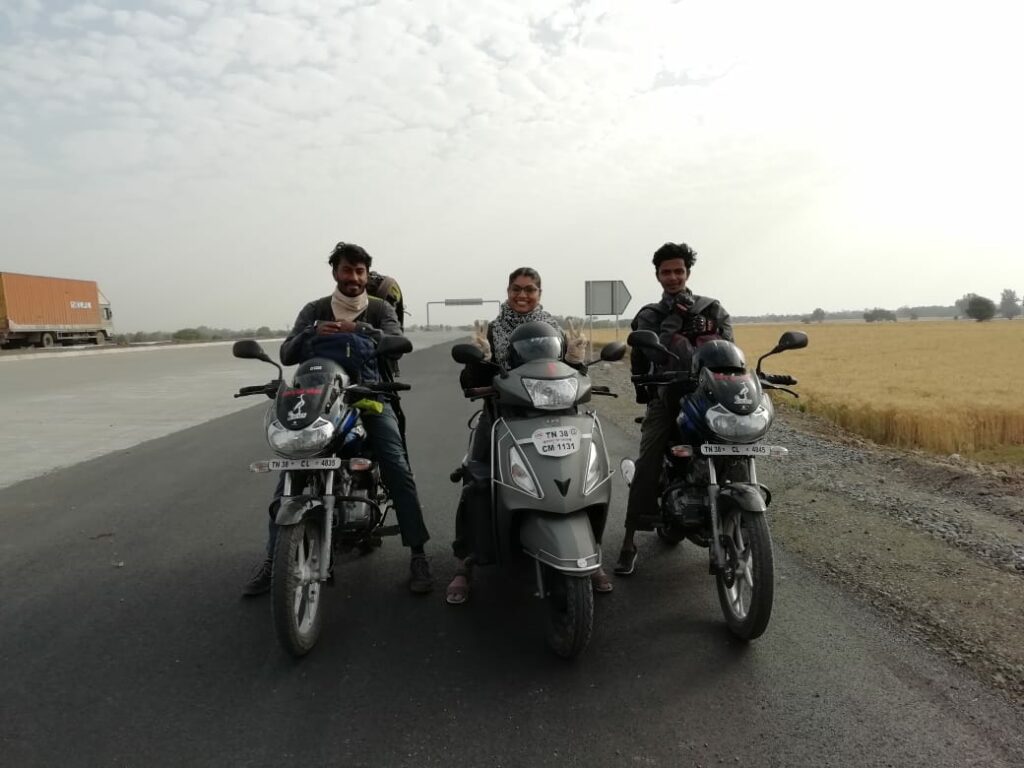 Team Sparrow ((L to R: Shantanu, Priyanka and Ashwin)
Team Sparrow ((L to R: Shantanu, Priyanka and Ashwin)
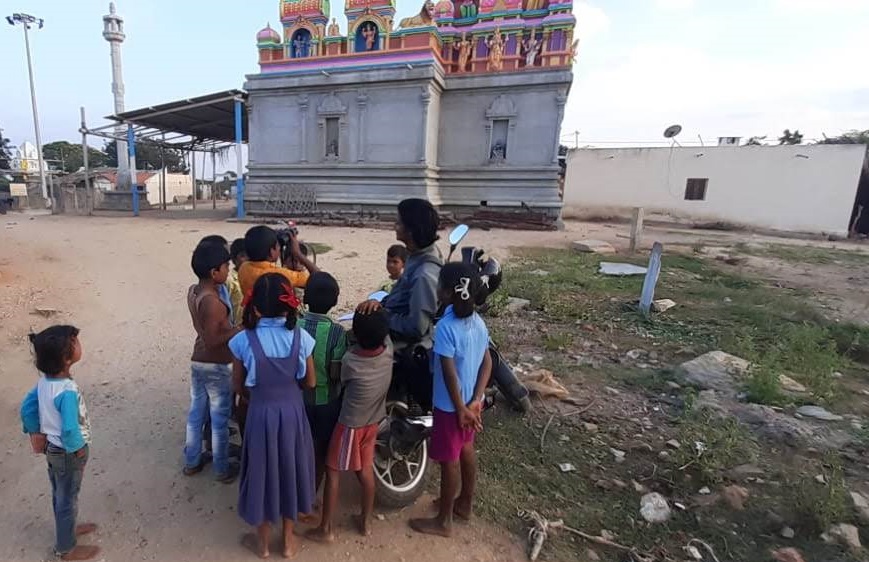 A beautiful field day surrounded by curious children from the village in Tamil Nadu.
A beautiful field day surrounded by curious children from the village in Tamil Nadu.
After completing the House Sparrow project in 2020, I worked with Dr. Arun P. R., at the EIA division of SACON for the project titled ‘Preparation of revised Avifauna Conservation Plans for five developmental projects for Chhattisgarh Forest Department’. This work aimed to submit revised avifauna conservation plans for five developmental projects. During this time, I also had the opportunity to advance my career by registering for a PhD under Dr. Arun’s supervision. For my PhD, I am studying the impact of specific linear infrastructures on bird populations. My research involves a comprehensive investigation into how these linear structures affect avian species, with a particular emphasis on their ecological and behavioural responses. My ultimate aim is to gain a profound understanding of the potential threats these infrastructures pose and to develop effective conservation and management strategies for the coexistence. Chhattisgarh state has a limited research background in ornithology compared to other Indian states. Specifically, there has been minimal research on the impact of linear infrastructures such as roads, railways, and powerlines on bird communities. My aim is to establish baseline information on this topic, starting from scratch, to fill this research gap. A part of my research work is published and can be read here. Dr. Arun’s mentorship has refined my research methodologies and provided invaluable resources and support. Throughout my academic journey, he has been an invaluable mentor and guide, significantly contributing to my growth as a researcher and conservationist. His extensive experience in impact assessment has provided a solid foundation for my studies and projects. His unwavering support and guidance have been instrumental in shaping my research and career, inspiring me to contribute meaningfully to avian conservation.
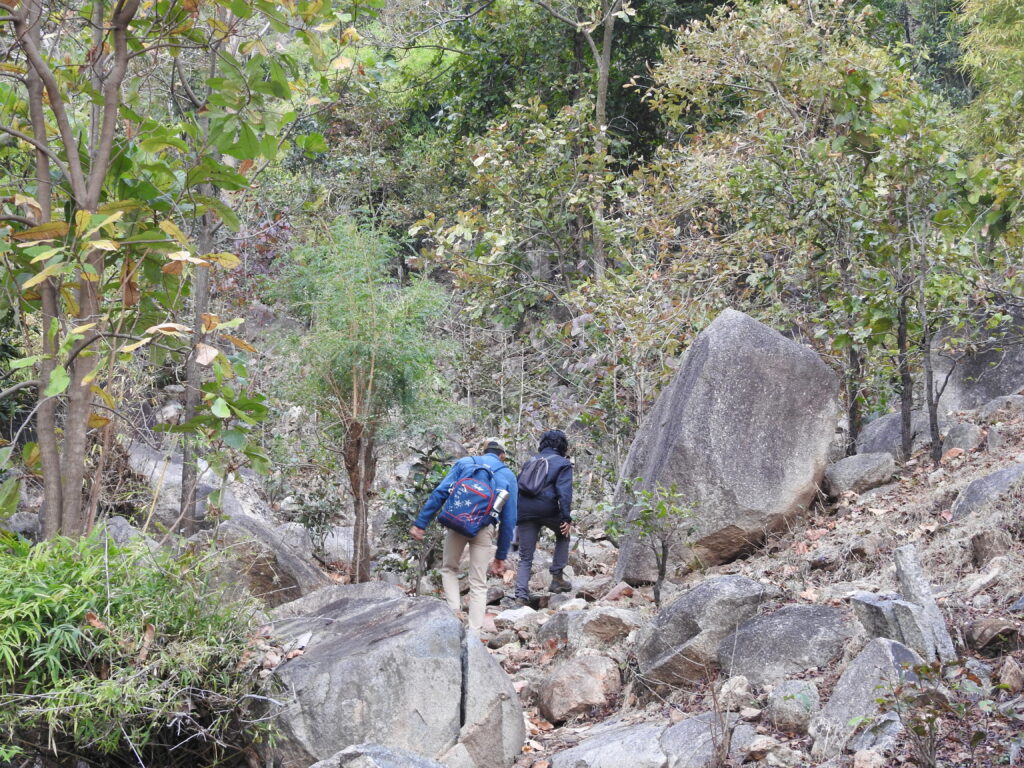 A field survey in Jatga forest range of Korba forest division
A field survey in Jatga forest range of Korba forest division
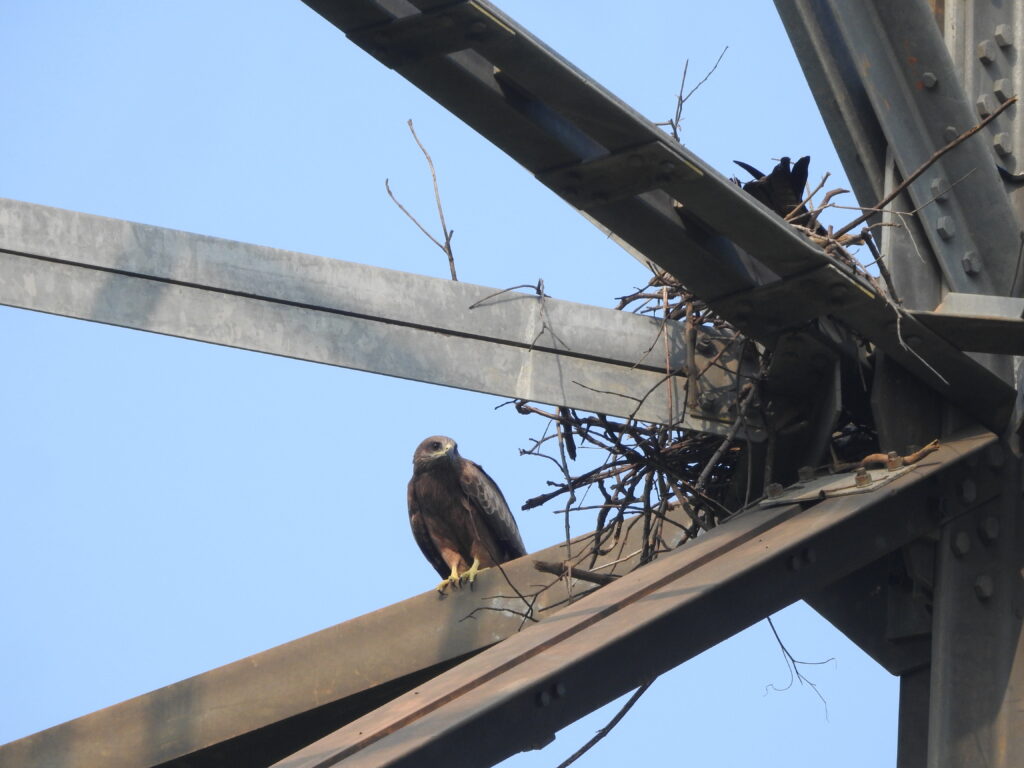 A Black Kite nest on a high voltage overhead power line pylon. The pylon provides a vantage point but also poses a potential risk of electrocution or injury from the powerlines
A Black Kite nest on a high voltage overhead power line pylon. The pylon provides a vantage point but also poses a potential risk of electrocution or injury from the powerlines
I love what I do because..
I am particularly engrossed in exploring the intricate relationship between birds and development projects, within the realm of urbanization. Urban growth poses distinct challenges for bird populations, with natural habitats often fragmented or overtaken by urban infrastructure. Investigating how birds navigate and adapt to these urban landscapes, while also assessing the impacts of developmental projects like roads, railways, and power lines on their populations is vital for fostering sustainable urban planning and conservation initiatives.
Challenges I faced..
As a young wildlife researcher, I faced several challenges. Securing adequate resources for funding, equipment, and support was often difficult. Field conditions presented their own set of trials, requiring adaptability and resilience in diverse and sometimes harsh environments. Data collection proved challenging due to unpredictable factors like weather, terrain, and wildlife behavior. Building a professional network and finding mentors or collaborators was essential yet often challenging. Additionally, balancing time between fieldwork, data analysis, and other responsibilities demanded careful management and effort.
My advice for young researchers is…
- Develop strong field skills: Spend as much time as possible in the field observing birds in their natural habitats. This will help you develop crucial field skills such as bird identification, behaviour observation, and data collection techniques.
- Build a solid foundation in science: Obtain a strong academic background in biology, ecology and related fields. Here is a list of MSc courses in India in wildlife, ecology and related fields. Take extra curricular courses that focus on ornithology, statistics, and research methodology to develop a robust understanding of the scientific process.
- Network and collaborate: Connect with other researchers, ornithologists, and conservation professionals in your field. Such as attending conferences and workshops, engaging in online communities, joining online platforms and forums dedicated to wildlife conservation and ornithology. Websites like ResearchGate, LinkedIn groups, and specialized forums can help you connect with others in your field.
- Get involved in collaborative research projects and participate in citizen science projects: By engaging in collaborative research and citizen science projects, you can expand the scope of your research, gain access to diverse data sources, and build a network of supportive colleagues and community members.
- Gain research experience: Seek out internships, volunteer opportunities, or research assistant positions in ornithology labs or field projects. Hands-on research experience will not only enhance your skills but also help you build a strong resume for future academic or professional endeavours
- While it’s essential to specialize in ornithology, don’t limit yourself to studying only one aspect of bird biology or ecology. Keep an open mind and explore diverse research topics within ornithology to broaden your expertise and perspective
Ashwin C P
PhD Scholar, Sálim Ali Centre for Ornithology and Natural History
Email: [email protected]
Research gate profile
LinkedIn profile
Instagram

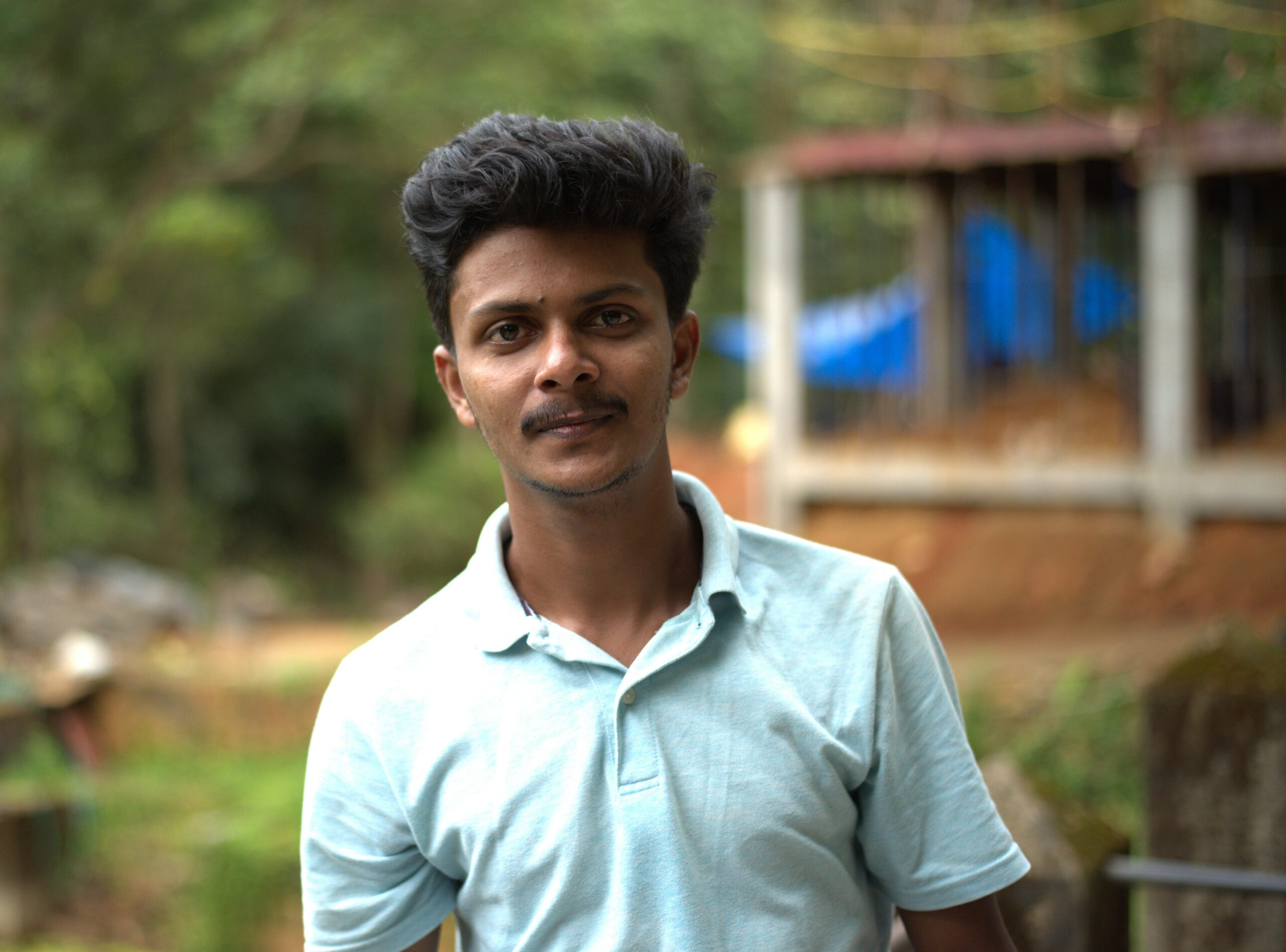
Great
Nice 👍
Excellent
“That was insightful and inspirational”
Excellent work 👌🙏